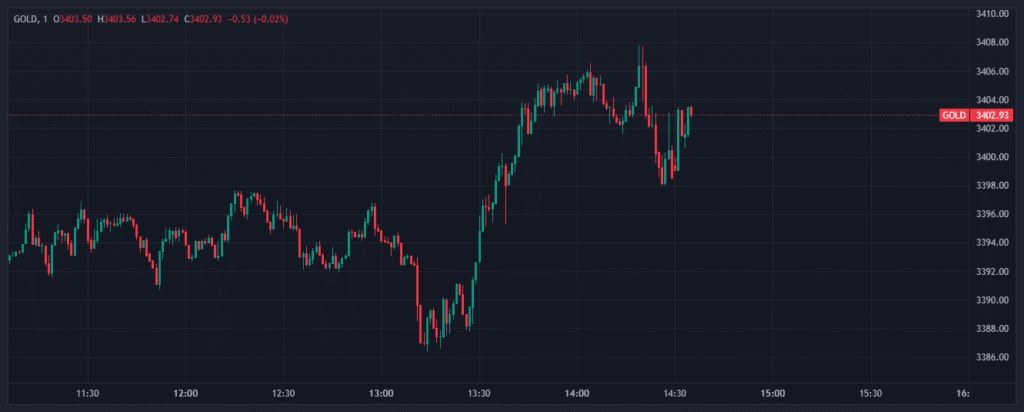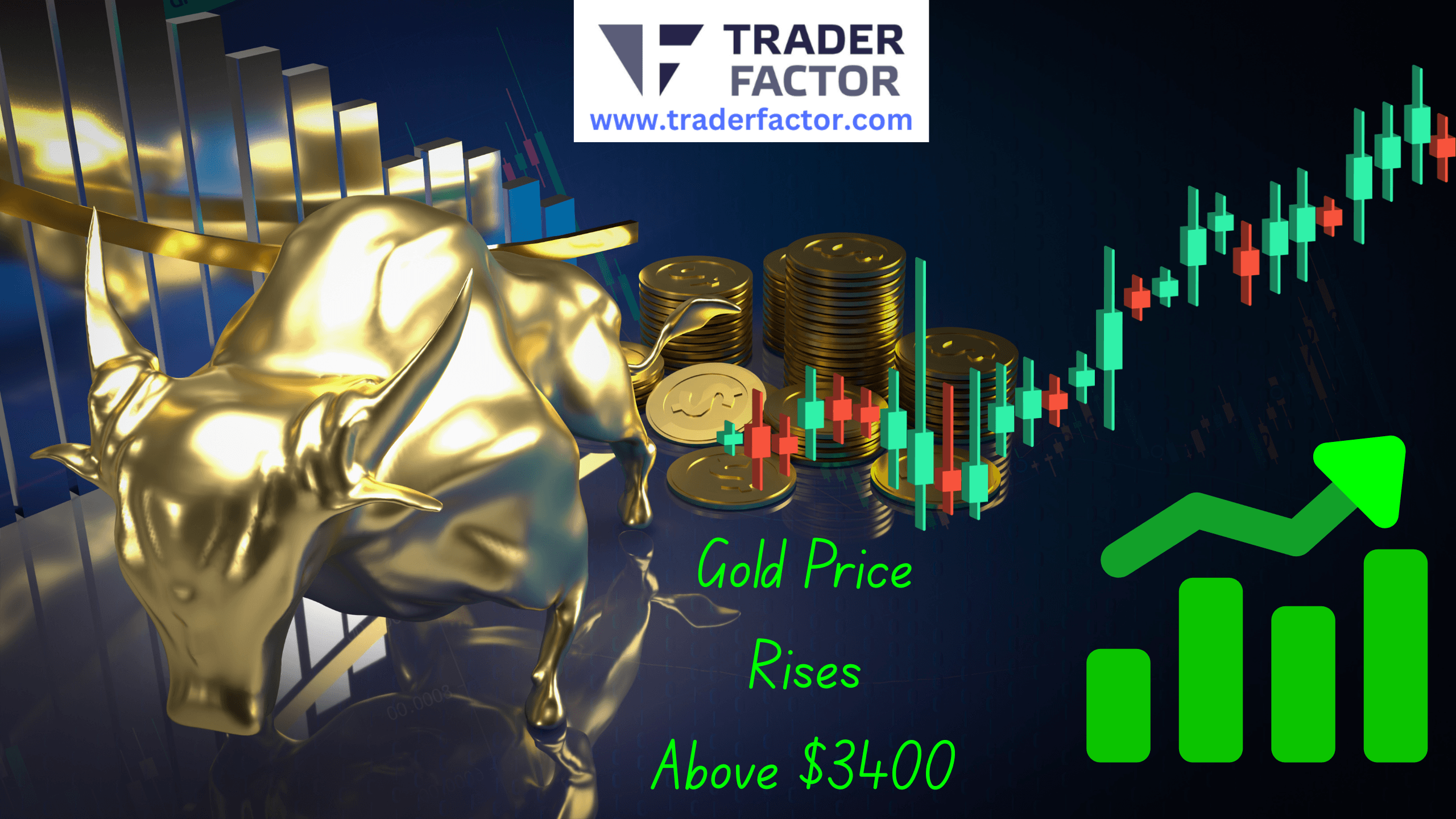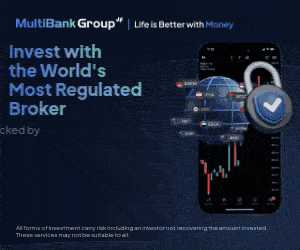Gold prices have surged to an unprecedented level, breaching the $3,400 mark per ounce. This historic rise comes amidst escalating global uncertainties. A weakening U.S. dollar, heightened trade tensions between the United States and China, and a strained relationship between President Trump and the Federal Reserve are shaping market sentiments. Investors are turning to gold, long considered a safe-haven asset, to hedge against economic instability. Additionally, central banks and institutional investors have amplified buying activity, further boosting demand.

Technical analysis highlights firm resistance near $3,450 and $3,500 levels, while initial support remains at $3,375. These levels mark critical tipping points for gold’s next directional movements.
A sustained close above $3,500 is likely to push prices toward $3,600 in the medium term. Short-term pullbacks may consolidate prices before further momentum builds.
Current trading volumes and relative strength index (RSI) suggest overbought conditions. This indicates a probable near-term correction before deeper price exploration.
Nonetheless, gold retains upward potential with supportive demand drivers persisting in play. Seasonal demand spikes and an uncertain economic climate could counteract pressure from temporary pullbacks.
Table of Contents
ToggleFactors Driving Record Gold Prices
Impact of US-China Trade Disputes
The intensifying trade conflict between the U.S. and China has renewed market fears. Recent tariff hikes, with U.S. duties on Chinese imports rising to 125%, have disrupted global trade flows. This escalation has severely weakened investor confidence in economic growth stability. China’s warning to nations against forging deals perceived as detrimental to its interests has further complicated matters. Consequently, global equities have faced downward pressure, while gold has risen as an attractive alternative. The trade stalemate continues to anchor gold’s climb, reflecting broader concern about economic prospects.
Trump’s Clashes with the Federal Reserve
The ongoing discord between President Trump and Federal Reserve Chair Jerome Powell has played a significant role in market volatility. Trump has criticized Powell’s reluctance to lower interest rates despite stable inflation at 2.4%. This friction has fueled uncertainty around the Fed’s monetary policy. Additionally, the president’s remarks questioning Powell’s job security have amplified doubts concerning the Fed’s independence. These developments have contributed to a weaker U.S. dollar, providing further support for gold prices globally.
Shifts in Investor Sentiment
A weakened dollar and heightened volatility have led institutional investors to increase gold allocations. Central banks have also boosted acquisitions, signaling strong institutional endorsement of gold. The steady outflows from U.S. equity and bond markets underscore the appetite for safe-haven assets amidst rising risks. Gold’s $700 price increase since the beginning of 2025 demonstrates its resilience and appeal as a protective hedge against macroeconomic headwinds.
Outlook and Key Considerations
Gold’s future course depends on multiple macroeconomic factors. Developments in U.S.-China trade policies will critically sway global demand and growth forecasts. Additionally, shifting inflation patterns and monetary policy direction from the Federal Reserve could redefine investor sentiment. Demand dynamics among central banks and ETFs will also shape long-term price stabilization.
Conclusion
The surge in gold prices to over $3,400 reflects significant economic pressures and shifting market priorities. Investors remain cautious, eyeing gold for stability amidst growing uncertainties. While short-term corrections may arise, the long-term outlook leans favorable for further gains. Market participants now await key geopolitical and economic developments that will shape gold’s evolving role as a hedge asset.
Disclaimer:
All information has been prepared by TraderFactor or partners. The information does not contain a record of TraderFactor or partner’s prices or an offer of or solicitation for a transaction in any financial instrument. No representation or warranty is given as to the accuracy or completeness of this information. Any material provided does not have regard to the specific investment objective and financial situation of any person who may read it. Past performance is not a reliable indicator of future performance.

















